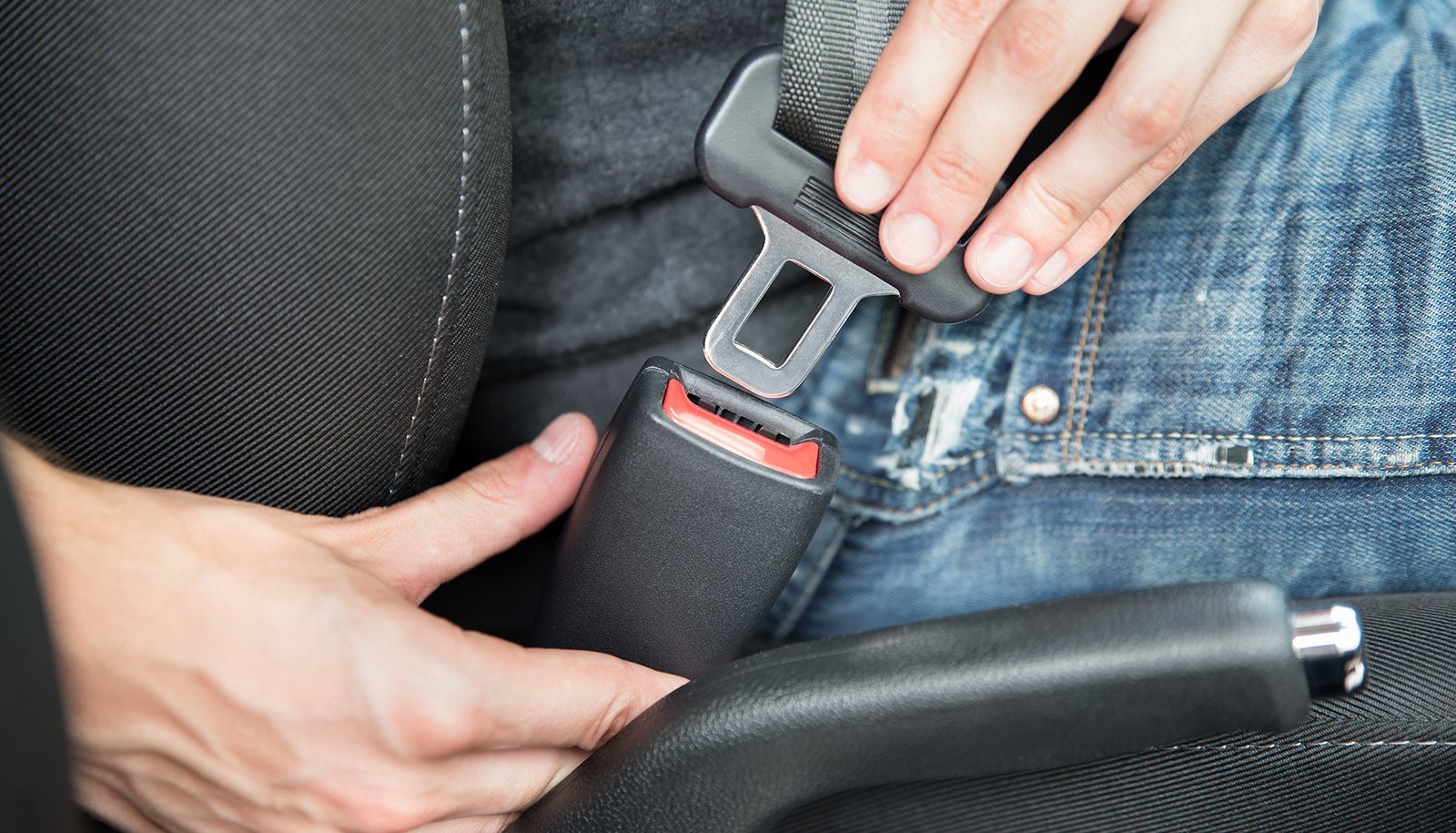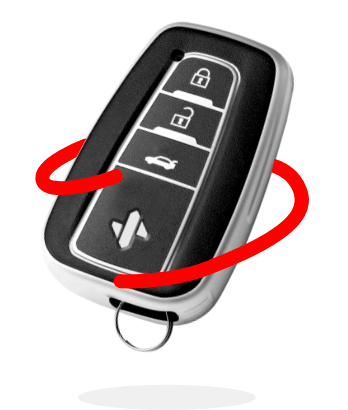Seat belts, the unassuming strips of fabric in our vehicles, have a rich history and an invaluable purpose. They’re crucial in today's world, significantly reducing the risk of serious injuries and fatalities in road accidents.
For auto insurance companies, seat belts aren’t just a safety feature but a lifesaver, protecting policyholders and helping to maintain lower premiums.
THE HISTORY OF THE SEAT BELT
The seat belt's history dates back to the latter part of the 19th century. Its invention is attributed to George Cayley, a pioneering English engineer known for his significant contributions to aeronautics.
Interestingly, Cayley's original design wasn't intended for motor vehicles but rather as a safety measure for pilots. He created this rudimentary seat belt to prevent glider pilots from falling out during flight, highlighting his innovative approach to safety.
Seat Belts for Vehicles
The idea of a "seat belt," or, more accurately, a lap belt tailored explicitly for use in motor vehicles, wasn't realized until some years later. It wasn’t until 1855 that the concept materialized into a patented invention.
This occurred when Edward J. Claghorn, an American inventor, successfully obtained a patent for it. Claghorn's design marked a significant milestone in automotive safety and set the stage for the evolution of the modern seat belt.
The Three-Point Seat Belt
The year 1959 marked a groundbreaking moment in vehicle safety with the invention of the three-point seat belt. This revolutionary design was the brainchild of Nils Bohlin, a Swedish inventor and safety engineer working for Volvo. Unlike its predecessors, the three-point seat belt provided restraint across both the upper and lower body, significantly enhancing passenger safety.
Bohlin's design, which is similar to the seat belts used in vehicles today, consisted of two straps that joined at the hip level and extended diagonally across the body. One strap secured the lower body by extending across the pelvis, while the other strap secured the upper body, crossing over the chest. This arrangement ensured that the forces exerted during a collision were distributed over the strongest parts of the human body, such as the chest, pelvis, and shoulders, reducing the likelihood of injury.
Furthermore, Bohlin's design was easy to fasten with one hand, making it user-friendly and increasing the likelihood of usage. Recognizing the life-saving potential of the three-point seat belt, Volvo made the design patent open and available to other car manufacturers to promote road safety globally. Today, the three-point seat belt is a universal standard in vehicle safety.
SEAT BELT LAWS & REGULATIONS
Over time, seat belt regulations and laws have evolved significantly in the United States. Despite the integration of seat belts into vehicle manufacturing, there was a considerable delay before people began to consistently use them. The initial reluctance can be attributed to a lack of awareness about their life-saving potential and resistance to perceived infringement on personal freedom.
“Click It or Ticket”
New York took the lead in addressing this issue by becoming the first state to mandate the wearing of seat belts in 1984. However, it took another decade to adopt similar laws across all states. The nationwide acceptance of these regulations was largely facilitated by the "Click it or Ticket" campaign, which effectively spread the message about the importance of seat belt use.
Seat Belt Technology
In addition to legislation, technological advancements also played a crucial role in promoting seat belt use. For instance, in 1965, General Motors introduced the first top-release buckle, which made fastening and unfastening the seat belt much easier. Furthermore, in 1973, the NHTSA required all new cars to include a “seat belt interlock” technology, another step towards ensuring passenger safety.
Seat Belt Adoption
By 1991, not only was it mandatory for all vehicles to have rear seat belts, but it also became mandatory for them to be worn. This progression of regulations underscores the growing recognition of seat belts as an essential component of road safety.
Despite some initial resistance, most Americans have accepted these rules. Today, wearing a seat belt is recognized as a simple yet critical measure that can drastically reduce the risk of injury or death in a motor vehicle accident.
SEAT BELTS & CAR INSURANCE
The impact of not wearing a seat belt on your insurance depends on several factors, including the policies of your state and your insurance provider. If you receive a ticket for not wearing a seat belt, it could potentially affect your insurance premium. However, this largely depends on whether your state categorizes a seat belt violation as moving or non-moving.
In states where not wearing a seat belt is considered a moving violation – such as a speeding ticket – your insurance rate may increase. This is because many insurance companies consider moving violations when determining their premiums. Thus, a seat belt ticket could be seen as an indication of risky behavior, leading to higher insurance costs.
On the other hand, in states where a seat belt violation is classified as a non-moving violation, similar to a parking ticket, it may not have any effect on your insurance rates. However, even if it doesn't directly affect your insurance premium, not wearing a seat belt can still indirectly influence it. For instance, if you're involved in an accident while not wearing a seat belt, the severity of injuries could be greater, potentially impacting your insurance claim.
The importance of seat belts cannot be overstated. They've come a long way from simple straps to technologically advanced lifesavers. That’s why buckling up every time you get into a vehicle is critical. It's not just about avoiding fines or lower insurance premiums; it's about preserving lives.
If you need help finding the best car insurance coverage for the best price, speak to a SimplyIOA agent at 833.872.4467 or get an auto insurance quote online now.










